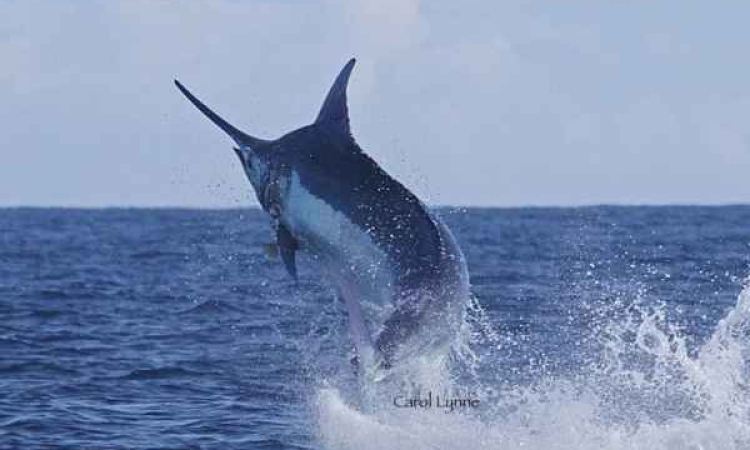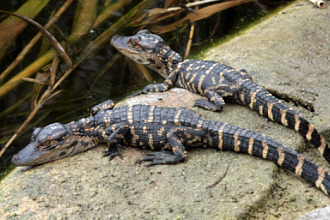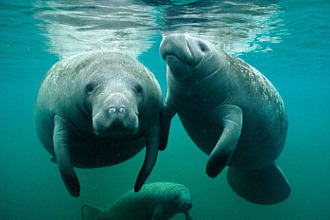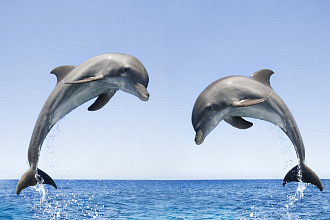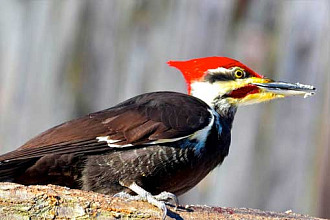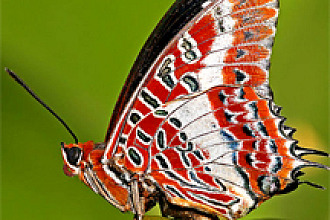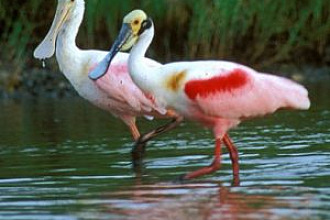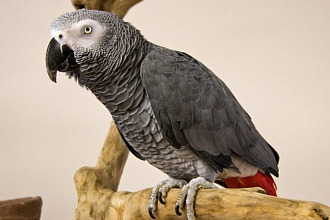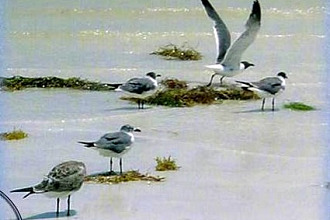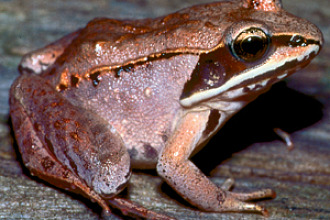Some creatures seem to have everything now! We wonder what God's original plan was for them; what His future plan is, too. . . Read on:
The blue marlin's massive size — a female can weigh nearly a ton, about six times as much as a male — and innate capabilities put it in a not-by-accident category almost by itself as far as being a remarkably strong, fast moving fish with awesome hunting abilities in the warmest part of the ocean! Their Creator gave them not only equipment enhancing their reputation as formidable predators, but an instinct keeping them acutely aware of the warmth of water. They are found most often where water temperatures are warmer than 75° but have also been in surface water as warm as 86.9°F and as cold as 71 °F. They have the seasons figured out well— by the temperature of the water. They range into more northerly waters during the summer, then limit their winter hunting grounds by staying close to the equator.
But being so huge, they need room to swim. Not by accident their Master Designer programmed them to be "born free" as far as exploring territory is concerned. Their preference for "blue water" -that deep water far out to sea, or deep-water coastal areas— makes a perfect hunting ground for this gorgeous 14-foot-long fish that is cobalt-blue on its sides and dorsal surface with a silvery-white color ventrally. Mackerel, tuna and dolphin fish that are easily located at the ocean surface area are favorites of blue marlin. And at times they will even sacrifice warmth for a fast dive down into the coldest depths of the ocean when tracking squid.
Human researchers, placing tags on them in the warm Caribbean waters of North America have been amazed to discover that some tagged blue marlin make transatlantic voyages -this confirmed by other researchers on the West coast of Africa. Obviously these not-by-accident migrations taking them all the way to Africa and back may bring a certain joy of discovery to them, but it also makes them a prize trophy for sports fishermen all over the world! Warnings are frequent for humans not to try to reel this fish in unless you are ready for the fight of your life! This powerful fish has incredible speed and stamina. Their pectoral fins are long and narrow and can be drawn into the sides of its body. The shorter pelvic fins are depressible in ventral grooves. The first anal fin along with its pectoral and caudal fins can be folded into grooves created for this purpose. All this amazing not-by-iccldent design streamlines the fish, reducing drag, so that those grooves greatly improve hydrodynamics along with the keels that are found under the caudal peduncle that help its speed!
The female blue marlin lays seven million tiny eggs at a time— four times a year! But all do not reach maturity! So while their larvae provides nourishment for smaller creatures— the huge marlin's upper jaw, fashioned as a spear, is used by them to slash their way through schools of fish— for whom they return later and receive nourishment from wounded prey. God will reveal more about His original plan for this largest-of-all billfish. Meanwhile it's a true trophy design by our Creator!
"NOT BY ACCIDENT" (c) Juanita Kretschmar is used by permission and was first published in the book "Not By Accident 3 page 25
Picture originally found here

